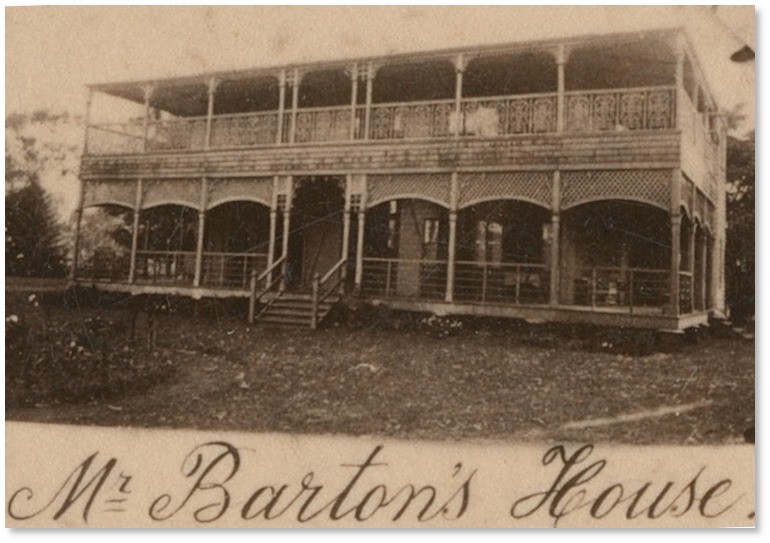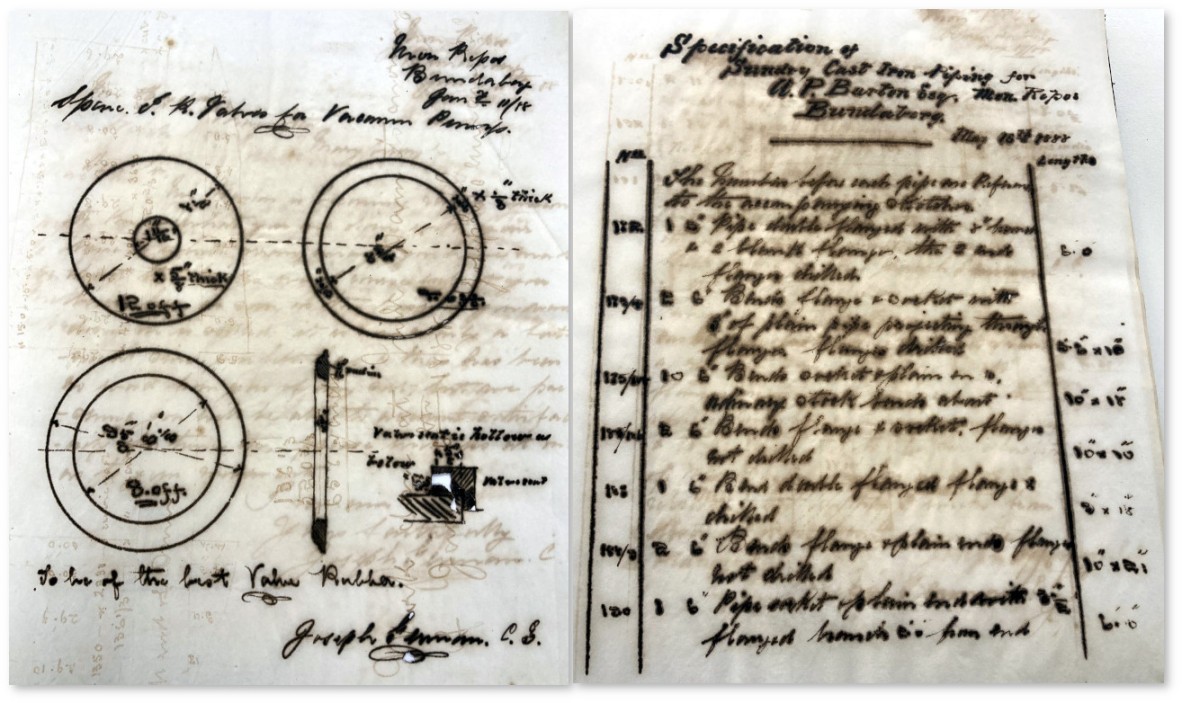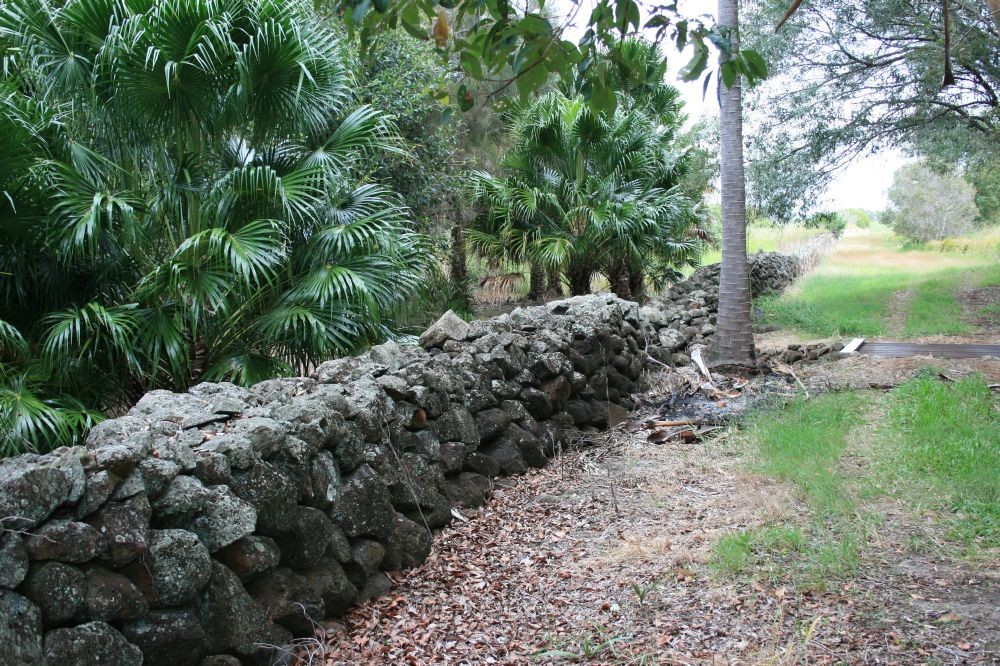Mon Repos Plantation
By Marg Powell, Specialist Library Technician, Metadata Services | 23 June 2021
My rest … mon repos
Mon Repos, a coastal region outside Bundaberg is famous for its Conservation Park, where visitors can observe nesting marine turtles including flat, green and the endangered loggerhead species. Its name came from the homestead built by Augustus Barton, as a coastal retreat for his family.

Augustus Barton's house 'Mon Repos' near Bundaberg (State Library of Queensland collection)
Barton a pioneer of the Queensland sugar industry, spent his first few years in Queensland on Gigooman and Widgee Stations, in the Wide Bay District, and at Jondaryan, on the Darling Downs. In 1860 he established Moolboolaman Run, and built his Mon Repos (My Rest) homestead in 1884. In 1874 he purchased Walloon Station on the Dawson River, which was managed by his son Maurice.
Barton built the Mon Repos sugar-mill in 1884, as a crushing plant, which was converted into a manufacturing plant in 1888 and managed by James Cran (1850-1922).
The records of the Barton Family held at the State Library of Queensland include letterbooks of correspondence and in particular, detailed and engineered drawings by Joseph German an engineer who had been commissioned to convert the crushing plant. Joe's brother William (1858-1918) to whom he wrote regularly, was the engineer-in-chief of the Colonial Sugar Refining Company in Sydney at the time.

Letterbook, M107 Barton and Walsh family papers (State Library of Queensland collection)
These wafer thin and fragile pages are a significant archive, showing a sophisticated body of work, including specifications sent to foundries and similar manufacturers to produce the components necessary to convert the mill.
Like many letterbooks of the day, the inks used contained acid lignin that eat away at the paper, and much of the finer detail is now indistinguishable.
By 1897 Barton had under his control Duneraggan and Summerville Estates together with Moolboolaman, over 1550 acres, much of which was under sugar cane, the remainder carried sizeable herds of cattle.

South Sea Islander Wall, Bundaberg, 2009 (Image courtesy WikiMedia Commons)
Barton used South Sea Islander indentured labour on his properties, which before being planted with cane had to be cleared of scoria stones, remnants of a volcanic formation located nearby. The walls which are scattered through the Bundaberg region are a reminder of the people who were brought to work as slaves on Queensland farms between 1863 and 1904.
The South Sea Islander Wall constructed around 1884 on Mon Repos plantation, remains substantially intact and is now heritage listed, evidence of the contribution made by South Sea Islanders to the sugar industry in the Bundaberg region.
Read more …
- M 107 Barton and Walsh family papers, State Library of Queensland
- South Sea Islander Wall [wikipedia]
- 32366 Happy Christmas from Mon Repos Sugar Plantation, State Library of Queensland
- Augustus Barton (1834-1914) [obituary]
- James Cran (1850-1922) [biography]
- Mon Repos, Queensland [wikipedia]
Watch and listen …
- Australian South Sea Islanders 150 years: what does it mean? Sonia Minniecon, 2013 [Youtube]
- Reclaiming Kanaka Town: recollections of Mr Neville Willie [Vimeo]
Comments
Your email address will not be published.
We welcome relevant, respectful comments.